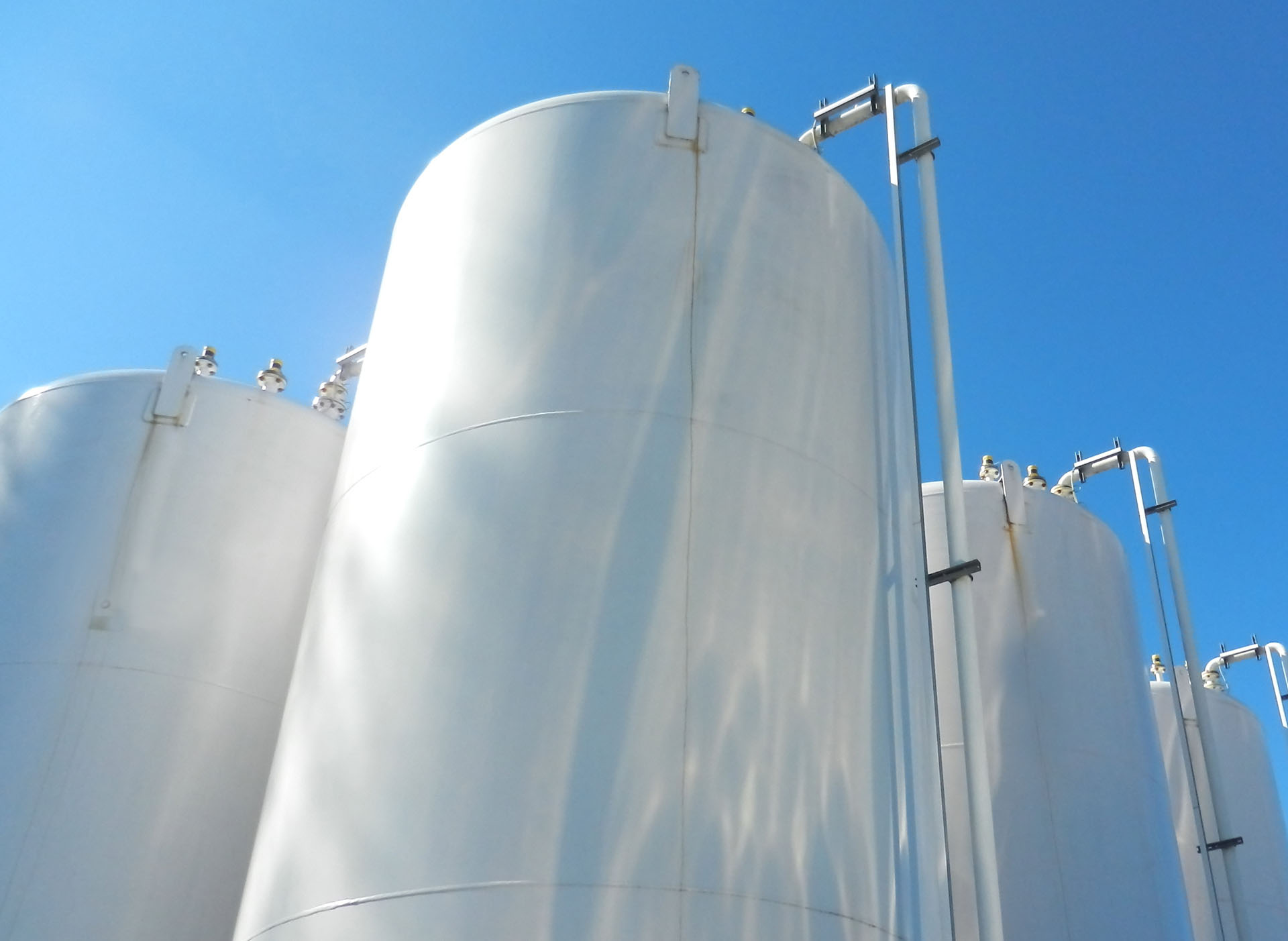
CO2 Emissions? No, a Precious Resource!
Granville Ecopark Ltd in Northern Ireland, part of the Bio Capital Group, has commissioned Kanadevia Inova to build an installation to liquefy 1,000 kg/h of carbon dioxide from biomethane production. The installation will be built at the biogas facility in Dungannon by October next year.
Dungannon, Northern Ireland. Granville Ecopark Ltd, Dungannon, part of the Bio Capital Group, has been operating an enhanced anaerobic digestion facility in County Tyrone, around 60 kilometres west of Northern Ireland’s capital Belfast, since March 2014. With a capacity of 90,000 tonnes per year, it is the largest plant of its type in Northern Ireland, recycling food waste into biogas to produce renewable electricity and high-quality fertiliser. In addition, part of the biogas is upgraded to biomethane, green natural gas. Now the by-product carbon dioxide (CO2) produced in the process is also to be harnessed.
To enable this to happen, Kanadevia Inova, an expert in biogas and CO2 utilisation, is building liquefaction technology with a capacity of more than 1,000 kg of carbon dioxide per hour, including precleaning. After completion of the detail engineering, the plant will be manufactured and delivered to Northern Ireland from Kanadevia Inova’s German production site in Zeven by the end of August 2024. After approximately eight weeks of construction and connection work on site and trial operation, the plant is to be handed over to the client in the middle of the fourth quarter of 2024.
Viable solution meeting specific market requirements
Traditionally the carbon dioxide split off from the methane in the gas upgrading process has been released into the environment. But given ongoing global decarbonisation efforts and the fact that CO2 is needed in so many different areas of application, increasing attention is being paid to this by-product of biomethane production.
“Besides enabling us to meet our high CO2 purity standards, Kanadevia Inova has the experience as a system supplier to offer a convincing overall package meeting our needs in terms of the technical design of the plant,” explains David McKee, CTO of Bio Capital Ltd. Kanadevia Inova has designed the plant in such a way that the warm CO2 off-gas from the amine scrubbing upgrading process is first cooled down via a heat exchanger at the entrance to the liquefaction plant. The subsequent liquefaction does without ammonia-based coolant that would entail special requirements from a licensing perspective in the UK.
Renewable product gas meeting food industry standards
“The carbon dioxide in the off-gas stream is purified by trickling pure, liquid carbon dioxide in a separation column in the opposite direction to the CO2 off-gas from the upgrading plant,” explains Dr Benoît Boulinguiez, Managing Director of Kanadevia Inova BioMethan, the German Kanadevia Inova subsidiary that developed the plant and is manufacturing it in its facilities near Hamburg.
Once it is up and running, the system will provide the cleaning solution itself in a closed circuit. While pure external liquid CO2is used initially, during regular operation part of the liquefied carbon dioxide produced will be returned to the process as a cleaning solution.
Projects like Bio Capital’s are gaining importance because, like alternatives to fossil fuels, solutions providing renewable CO2are becoming more and more important in numerous areas of application, enhancing circularity, decarbonisation and supply security.